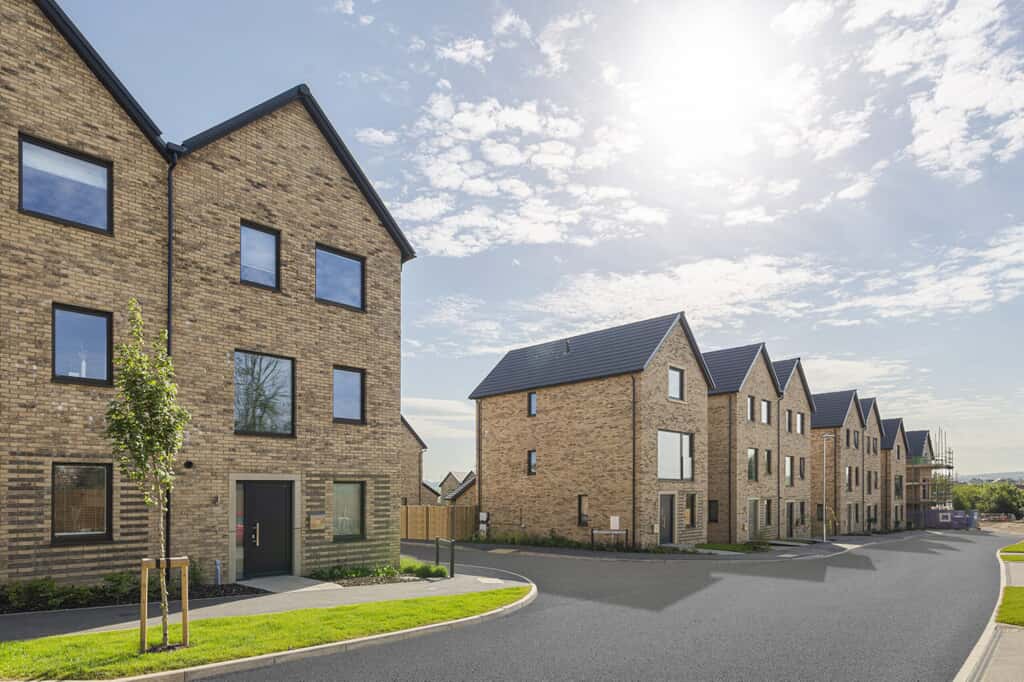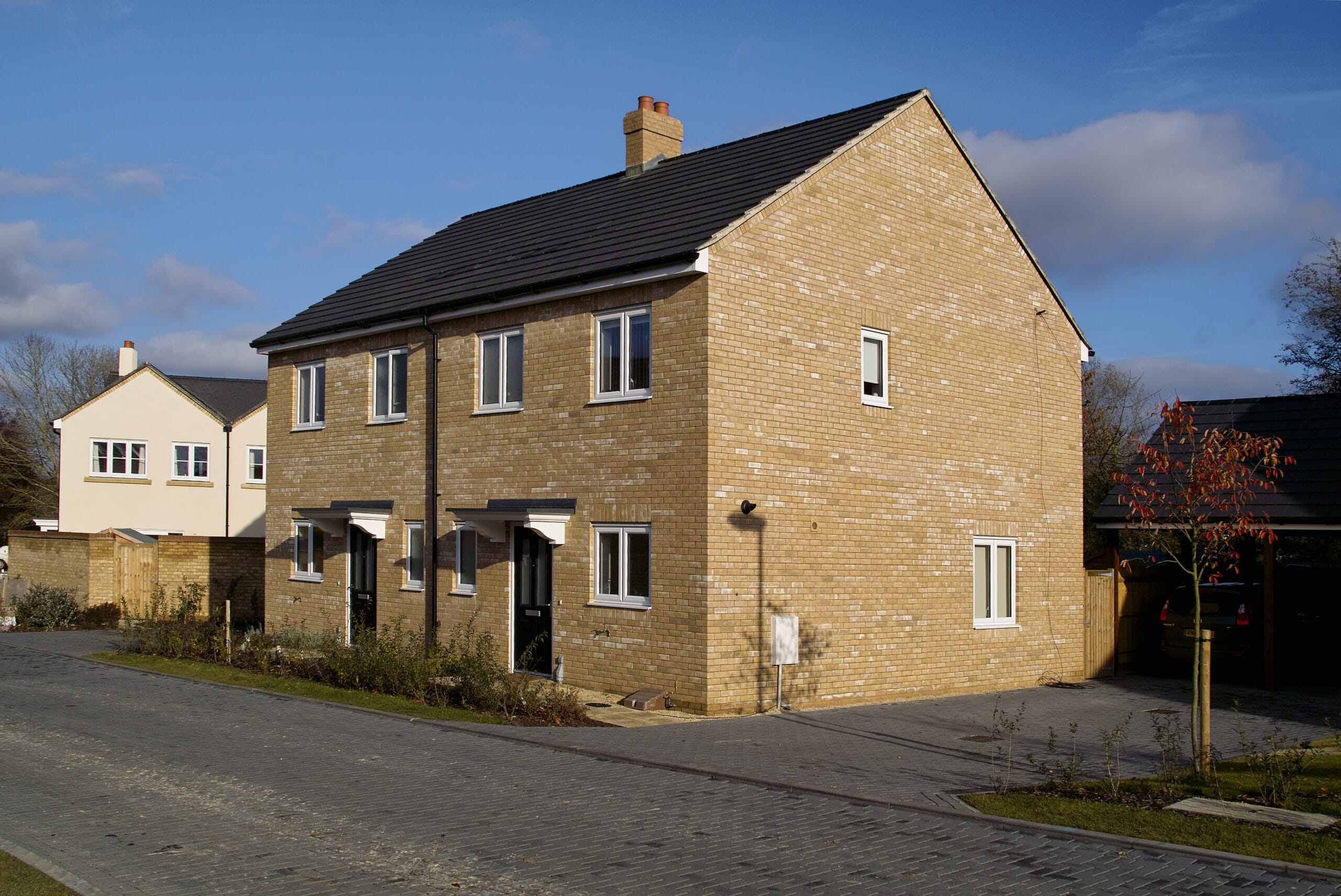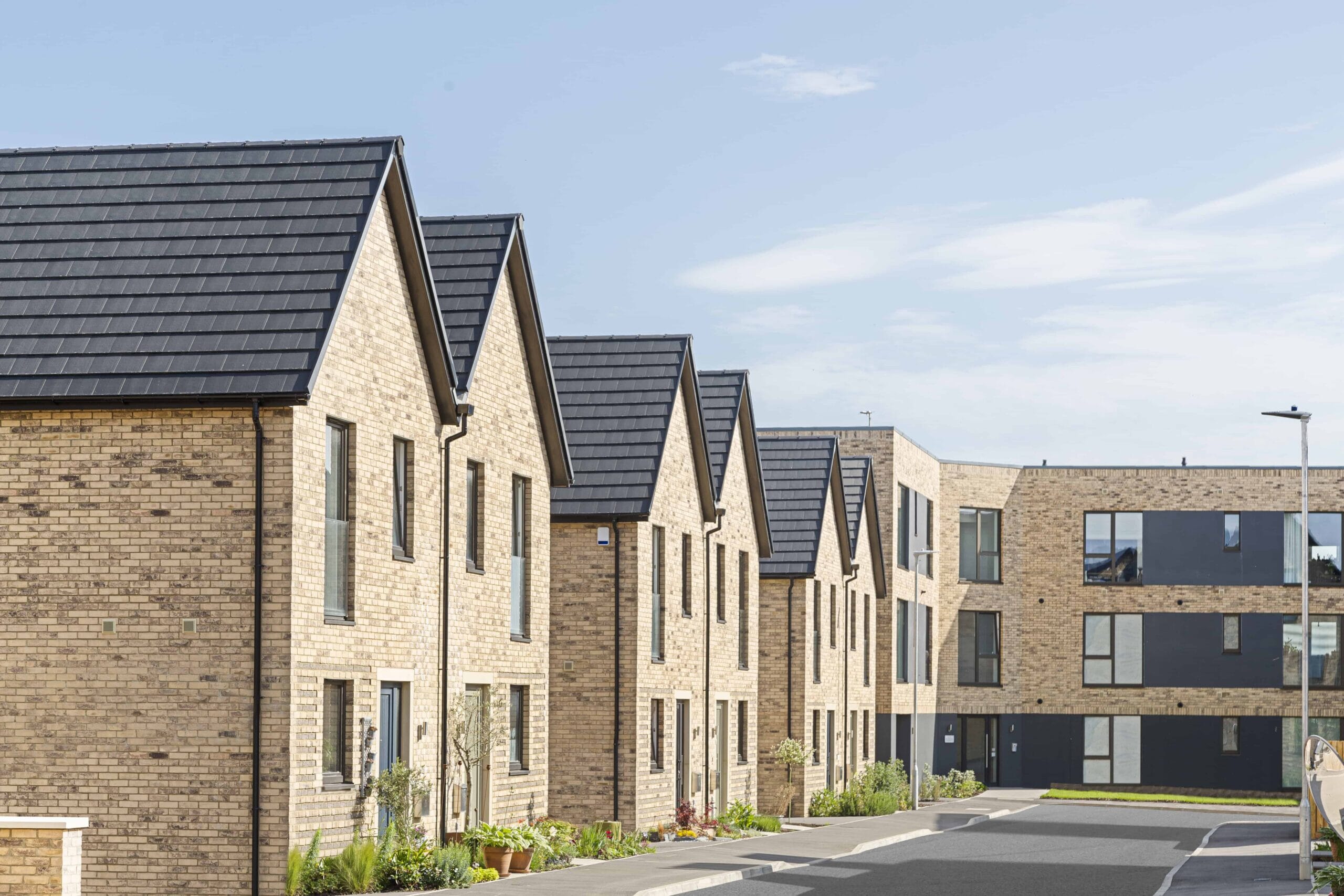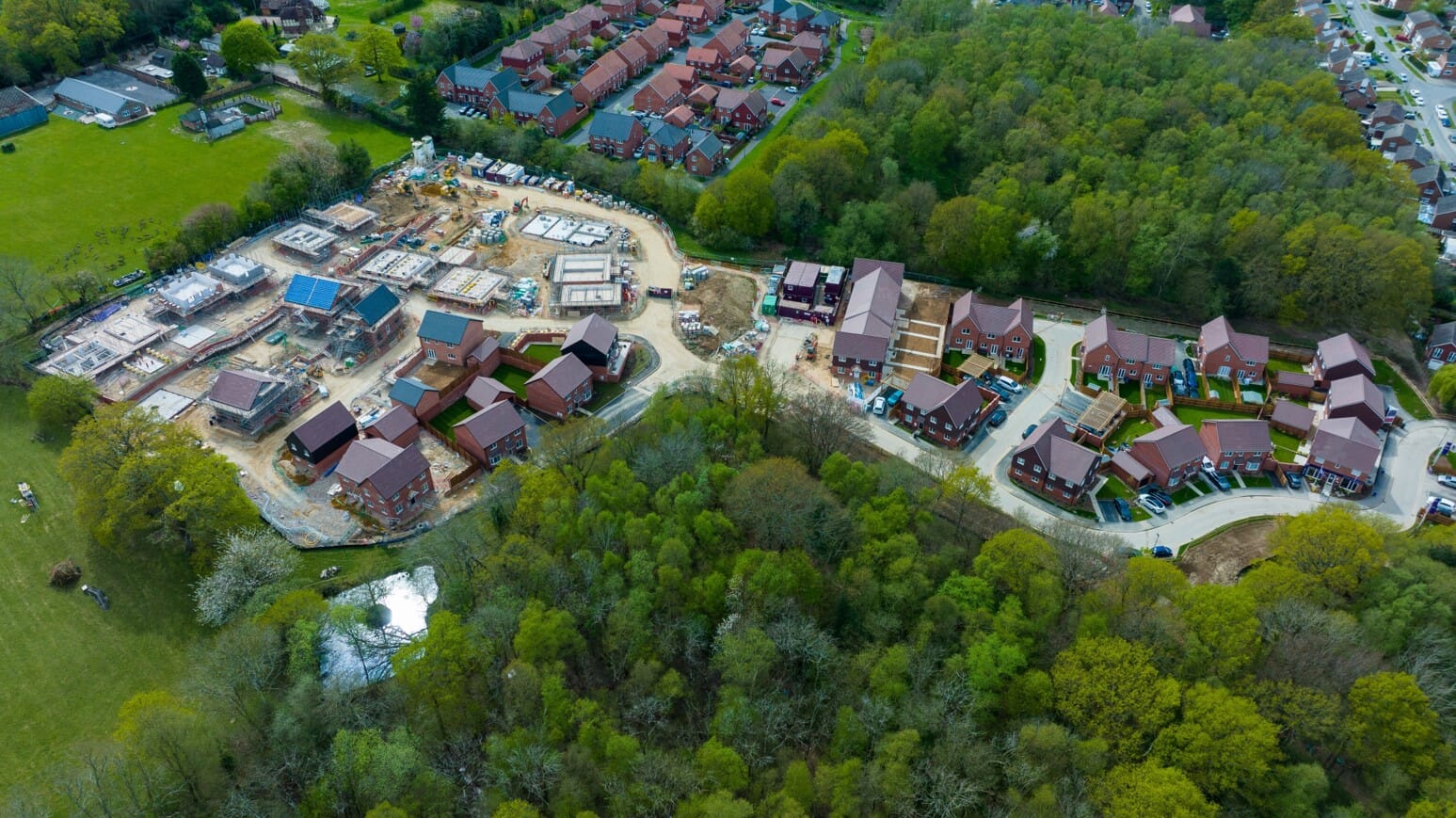Expert analysis
TM54
Using dynamic simulation modelling to assess operational energy consumption and energy performance to inform on carbon reduction


To deliver carbon efficient developments, we need to understand buildings’ actual operational energy performance.
While Part L calculations and EPCs give an indication of how a building will perform, it is accepted there is a ‘performance gap’ between design intent and actual use.
TM54 ‘Evaluating Operational Energy Use at the Design Stage’ seeks to bridge this, using dynamic simulation modelling. This can account for complexities and variations in energy use over time and interactions between the various elements of a building.
TM54 analysis can help building designers to refine energy performance targets, ensuring a design is on track to achieve realistic targets.
What is the TM54 methodology?
TM54 methodology offers dynamic analysis. Developed by the CIBSE, TM54 uses a tailored Part L model for estimates of both regulated and unregulated energy loads. It uses more accurate profiles to represent plant operation and occupancy patterns. This covers all areas of a building, from lighting and HVAC systems specified by building designers to the small plug-in equipment expected to be used by building occupants. TM54 also covers areas not addressed by SBEM, including unregulated energy loads like lifts.
TM54 is typically undertaken for non-residential areas not covered by SAP assessments but can be used for any building type.


The value of TM54 analysis
TM54 supports a seamless planning approvals process and can be used as a design verification tool.
For carbon reduction – Importantly, analysis also supports carbon reduction by evaluating operational energy performance of all areas of a development, allowing realistic targets to be set.
For developers setting high internal standards for ESG, analysis can be a benchmarking tool for energy consumption and energy performance.
For the London Plan – Analysis is required of all developments across the Greater London Authority (GLA), as part of the Be Seen stage of the London Plan energy hierarchy. The analysis contributes to a development’s associated Energy Strategy and Whole Lifecycle Carbon Assessment.
For BREEAM – Analysis will contribute to four credits under BREEAM New Construction, providing analysis is completed at Design Stage.


Our TM54 service
Our TM54 service is delivered by Level 5 Energy Assessors, all accredited with Integrated Environmental Solutions (IES) and Low Carbon Consultant approved by the Chartered Institution of Building Services Engineers (CIBSE).
- Consult – Holding an energy workshop with the design team at early stages of a project. Working to better understand targets, benchmarks and likely operational usage, along with wider project parameters and ambitions. Completing a risk assessment for sensitivity and scenario modelling.
- Model – Completing a preliminary energy estimation for the proposed design (including any potential for on-site renewable energy generation). Completing dynamic simulation modelling (DSM) using IESVE software, to generate more accurate energy use estimates (compared to steady state calculations). Completing all modelling in accordance with CIBSE AM11 Building Performance Modelling 2015. Auditing modelling internally ahead of issuing results.
- Recommend – Using findings to inform and refine energy targets, advising where designs are on track to achieve them, or further refinements are required.
- Report – Producing Be Seen proforma for London Plan submission (for developments within the GLA). Contributing to Energy Strategy and Whole Lifecycle Carbon Assessment considerations.
- Revisit – Using TM54 at Post-Construction stage to verify As Built specification against design intent.


Assess actual energy performance with TM54
Chat to our CIBSE approved and IES accredited consultants
